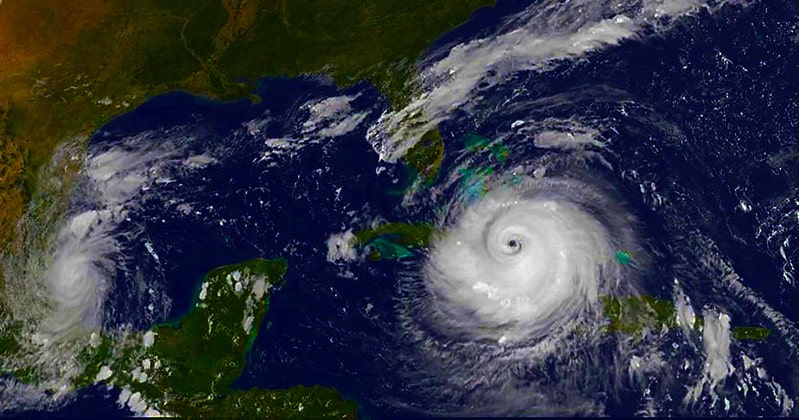With the Caribbean-island state of Antigua and Barbuda having committed to achieving an entirely renewable energy system by 2030, as part of a path to a net-zero carbon economy by mid century, a study prepared by the International Renewable Energy Agency (IRENA) has placed solar front and center of the energy transition needed.
Government plans to add a modest 5 MW of rooftop PV generation capacity to the current 2 MW of residential systems and 7 MW of ground-mounted solar projects would see the country fall far short of that goal.
Instead, IRENA has proposed reaching 199 MW of solar capacity in a near-90% clean energy system featuring 57% solar generation, and in which diesel makes up just 8%, down from its current 96%. Such a transformation would require upfront public investment of $388 million, IRENA calculated, and the government could then consider green hydrogen production to attain the final 10% of a fully renewable energy system, before rolling out electric vehicles (EVs) across the transport network by 2040.
Scenarios
The IRENA study modeled five future energy scenarios: an ‘optimal' system featuring modest residual diesel supply; optimal-plus-EVs; all-renewable energy mixes both with and without green hydrogen; and another all-clean-power system featuring green hydrogen and EVs.
The volume of solar capacity required on the two islands under the various scenarios ranged from 199 MW for the two ‘optimal' mixes up to 372 MW for the 100% renewable, non-green-hydrogen set-up, which would lean on solar for the highest proportion of its electricity generation, at 61%.
With the nation at present spending around 10% of its GDP on diesel imports, IRENA estimated the savings offered by its optimal scenario would run to $29.3 million per year. Crucially, the current electricity cost of $0.15/kWh in Antigua and Barbuda could be reduced to $0.105/kWh under such a generation mix, with a low of $0.09/kWh possible under the most capital intensive, all-clean-energy-plus-hydrogen-and-EVs approach.
Popular content
For residents on Barbuda, who lost their energy infrastructure with the landing of Hurricane Irma in September 2017, IRENA has built upon the power mix suggested by UAE state-owned Abu Dhabi Future Energy Company in 2018. That report posited rebuilding the energy system with 719 kWp of solar capacity, 862 kWh of lithium-ion energy storage and 660 kW of generation from two diesel plants. IRENA has instead proposed 2.07 MW of solar and 4.6 MWh of storage to attain almost 95% clean power for the island, and suggested biodiesel could offer a route to 100% renewables.
IRENA said its system would see the $0.48/kWh electricity price on Barbuda fall to $0.16.
To attain its clean power ambitions, though, the authorities should improve renewables capacity procurement, train a domestic workforce for operations and maintenance and introduce electricity time-of-use tariffs to help drive the adoption of residential storage systems.
With the IRENA plan in part resting on an assumption every one of the nation's 30,000 households would be fitted with solar and storage–to supply 90 MW of the hoped-for generation capacity–the latter two options would appear to have paramount importance.
This content is protected by copyright and may not be reused. If you want to cooperate with us and would like to reuse some of our content, please contact: editors@pv-magazine.com.



2 comments
By submitting this form you agree to pv magazine using your data for the purposes of publishing your comment.
Your personal data will only be disclosed or otherwise transmitted to third parties for the purposes of spam filtering or if this is necessary for technical maintenance of the website. Any other transfer to third parties will not take place unless this is justified on the basis of applicable data protection regulations or if pv magazine is legally obliged to do so.
You may revoke this consent at any time with effect for the future, in which case your personal data will be deleted immediately. Otherwise, your data will be deleted if pv magazine has processed your request or the purpose of data storage is fulfilled.
Further information on data privacy can be found in our Data Protection Policy.